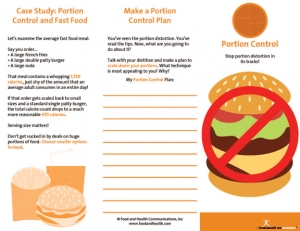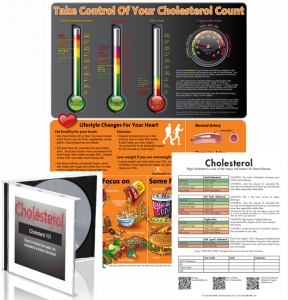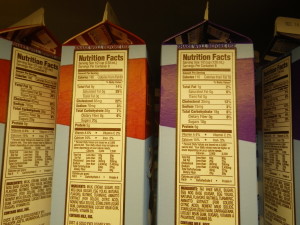Are you staying on top of the latest developments in food and nutrition? I try to keep up with everything, but it can be hard. After all, the field is constantly evolving. Nevertheless, I do my best to keep an eye on scientific studies while keeping abreast of fads and trends.
So what has caught my eye lately?
Chia seeds.
Chia seeds appear to be the food of the year. Health food websites feature them, news outlets profile them, and even TV personalities are actively pushing them.
I have to confess, the first thing I thought was, are these the same seeds from chia pets? Remember the chia pet that was sold as a gift for “the person who has everything?”
Yes, the chia seed we’re hearing about nutritionally is the same seed that they use to grow green fur on pottery animals. This crop of “hair” is what happens when the chia seed sprouts.
I contacted the folks at a chia pet company, and they were quick to tell me not to eat the seeds or sprouts that come with chia pets. It seems that the food product seeds are grown and tested differently than those that are developed for the chia “pottery that grows” market.
So, what are chia seeds?
Chia seeds are exactly that — seeds. They look a lot like sesame or flax seeds and they come from the plant Salvia Hispanica, which is in the watercress family. Chia seeds have a long history and were eaten by the Aztecs and Mayans. Now the seeds are grown all around the world and are key crops in Mexico, South America, and Australia.
Personally, I don’t think that the seeds taste like much. Some people think they have a nutty flavor. Chia seeds can be used whole or ground, and the sprouts are edible too. Many people sprinkle chia seeds onto yogurt, ice cream, baked goods, cereal, and fruit. They are also popular in smoothies. Since they like to soak up water, chia seeds tend to swell when added to liquids. You can use this to your advantage by adding them to soups or smoothies as a thickening agent. I’m seeing more and more chia seeds sold in bulk or baked into “healthful” crackers and snacks.
Now let’s take a look at why people would eat chia seeds.
Chia seeds contain quite a lot of nutrients. According to the USDA National Nutrient Database, one ounce (about 2 tablespoons) provides 10 grams of dietary fiber, 5 grams of protein, and 9 grams of fat. That same ounce has 179 milligrams of calcium and 138 total calories. Chia seeds are also said to be full of omega-3 fatty acids, with high levels of antioxidants, and plenty of vitamins and minerals.
So here’s where we switch from facts to hype.
Some people are claiming that chia seeds can help with weight loss.
It seems that people are always looking for that “magic bullet” — or in this case, “magic seed” — that will help them lose weight easily. The people who claim that chia seeds are all you need for easy weight loss explain that since these seeds hold water and expand to about 10 times their original size, they will help you feel full. If you’re full, perhaps you’ll eat less. That means losing weight.
Yes, there have been some small studies on this subject. But the verdict is still out until more information becomes available. There’s just not enough evidence to support these weight-loss claims yet.
Learning about new foods and trying new things is always fun. However, it’s important to dig a little deeper before jumping on a new nutrition bandwagon. Chia seeds do have some potential for providing some good nutrition, in moderation. However, they’re not the “magic seeds” that some people make them out to be… except maybe if you’re trying to grow hair on your chia pet.
By Cheryle Jones Syracuse, MS, Professor Emeritus, The Ohio State University
Looking for tried-and-true weight management and nutrition tools? Check out these popular educational materials…

Healthful Food Poster Set








